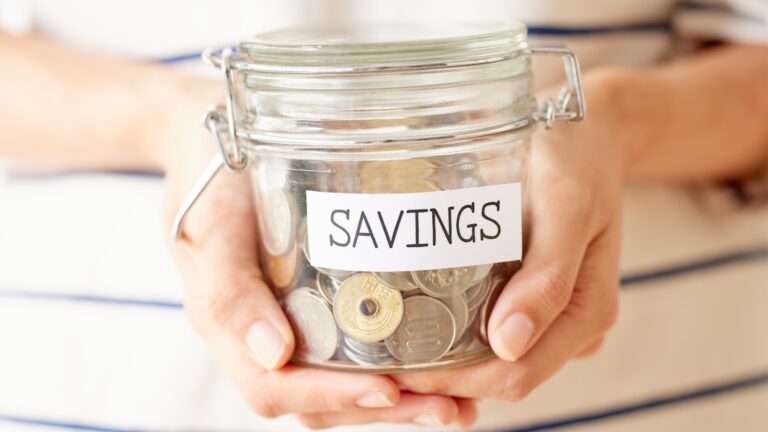Life is unpredictable, and unexpected expenses can strike when you least expect them. That’s why in this blog post, I’ll walk you through the steps on how to build an emergency fund in 6 months.
Building an emergency fund might seem challenging, but with the right strategy, you can achieve it in just six months. By the end of these six months, you’ll have a solid safety net that helps you feel more secure and in control of your finances.
Steps To Build An Emergency Fund
1. Set a Clear Savings Goal
Start by figuring out how much you want in your emergency fund. A good rule of thumb is to save at least three to six months’ worth of essential expenses, such as rent, utilities, food, and transportation.
Since you’re building it in six months, set a realistic target, maybe one month of expenses first, then work your way up. Knowing the exact number makes the goal feel more achievable and keeps you focused.
>>RELATED: How To Create A Budget And Stick To It – 5 Simple Steps
2. Analyse Your Current Spending
Track your expenses for a month to see where your money is going. You might be surprised by how much is spent on non-essentials, such as takeout, subscriptions, or impulse buys.
Once you identify these areas, cut back and redirect that extra money toward your emergency fund. Even small changes, like brewing coffee at home or cancelling unused subscriptions, can add up quickly.
>>RELATED: 5 Steps To Track Your Expenses Every Month
3. Create a Dedicated Savings Account
It’s easier to save when your emergency fund is separate from your everyday spending money. Open a dedicated savings account and make it slightly “out of reach” so you’re not tempted to dip into it.
Look for an account with no fees and possibly one that offers interest, allowing your savings to grow while you work toward your goal.
4. Automate Your Savings
Treat your emergency fund like a non-negotiable monthly bill. Set up automatic transfers from your main account right after payday so you’re saving before you even have a chance to spend.
This removes the guesswork and keeps your savings on track without relying on willpower. Even a small, consistent amount builds up faster than you think.
5. Increase Your Source of Income
Sometimes, cutting costs isn’t enough, so consider boosting your earnings. You can take on a side hustle, freelance work, or extra shifts at your current job.
You can also sell unused items or monetise a skill you already have. Any extra income you generate should go directly into your emergency fund.
6. Stay Consistent and Motivated
Saving requires discipline, but remind yourself why you’re doing it. A strong emergency fund gives you peace of mind and financial security.
Celebrate small milestones along the way to stay motivated. You can even track your progress visually to see how close you’re getting to your goal.
Conclusion
Building an emergency fund in six months takes focus, discipline, and consistency. By setting clear goals, cutting unnecessary spending, and increasing your income, you can create a strong financial safety net.
Remember, every small step brings you closer to financial peace of mind. Stay committed, and in just half a year, you’ll have the security you need to handle life’s surprises.
>>MUST-READ: 14 Ideas To Save More Money Every Month






